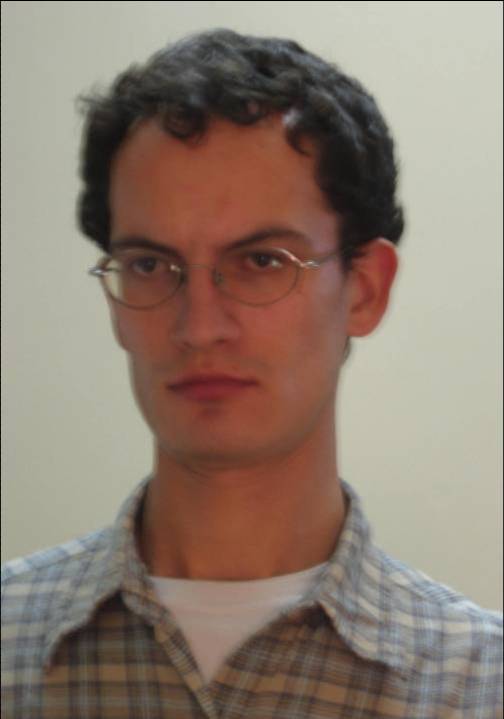Art biennials pose the question of an aesthetic tour d'horizon that they represent. Rather than resolve the aporias of the theory of art - such as representation vs. reality, artworks vs. merchandise, artist vs. laborer -, art biennials lead to concentration of genres, events, and scenes. Such a situation throws the epistemological question that one might address to them upon themselves to turn these into self-reflexive ethnographies of flanerie, part theoretical and part aesthetic. The plane of discussion shifts into a space between philosophy and aesthetics. This is where the more enigmatic figures of German theorists of modenity, such as Simmel, Kracauer, and Benjamin, might have lines of connection with the philosophy of aesthetics of Mario Perniola.
Taken more concretely, art biennials invite exploration of the aesthetical situation of the time and place of their appearance. Visiting artists and curators increase the contrasts between works, places and imaginaries that in their meeting points create interpretive highlights that give guidepoints to narratives that connect philosophy and aesthetics. The events, cities, and artworks of art biennials self-reflexively relate to modernity as a topic of constant discussion taking place without a hope for a definitive resolution. The previous attempts at theoretical closures of the problematique of modernity - be they sociological or art historical -, appear singularly dated to the time and place of their appearance. The repetition of the questions of what is modern, what does it mean to be modern, and what relation modernity has with the present moment and a particular place relativizes the difference that previous theoretical constructions aiming to definitely answer these questions could claim for themselves as unique moments in their intellectual history. These questions seems to be trapped in the space between philosophy and aesthetics where art biennials explore both the possibilities of repretition and of difference.
A not uncommon junction between art biennials and art museums, whether through a series of events working around a set of pre-existing architectural spaces or as a development towards the erection of their respective built environments, feeds upon the tension that defines the relations between modernity and cities, art and society, and ethics and aesthetics. Allowing both for aesthetic and philosophical treatments these relations become activated whenever a museum becomes an architectural metaphore for a city, whenever a cultural event tests the boundaries between representation and reality, and whenever a city becomes a site for aesthetic exploration of its identity and difference. Art biennials occur at the intersection of various media, discourses, and spaces where these tensions, relations and questions play out.
Wednesday, February 04, 2009
Art Biennials as Spaces between Philosophy and Aesthetics
Labels:
aesthetics,
art biennials,
cities,
philosophy,
theory
